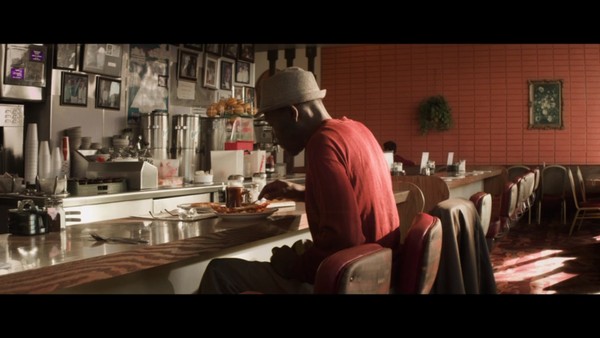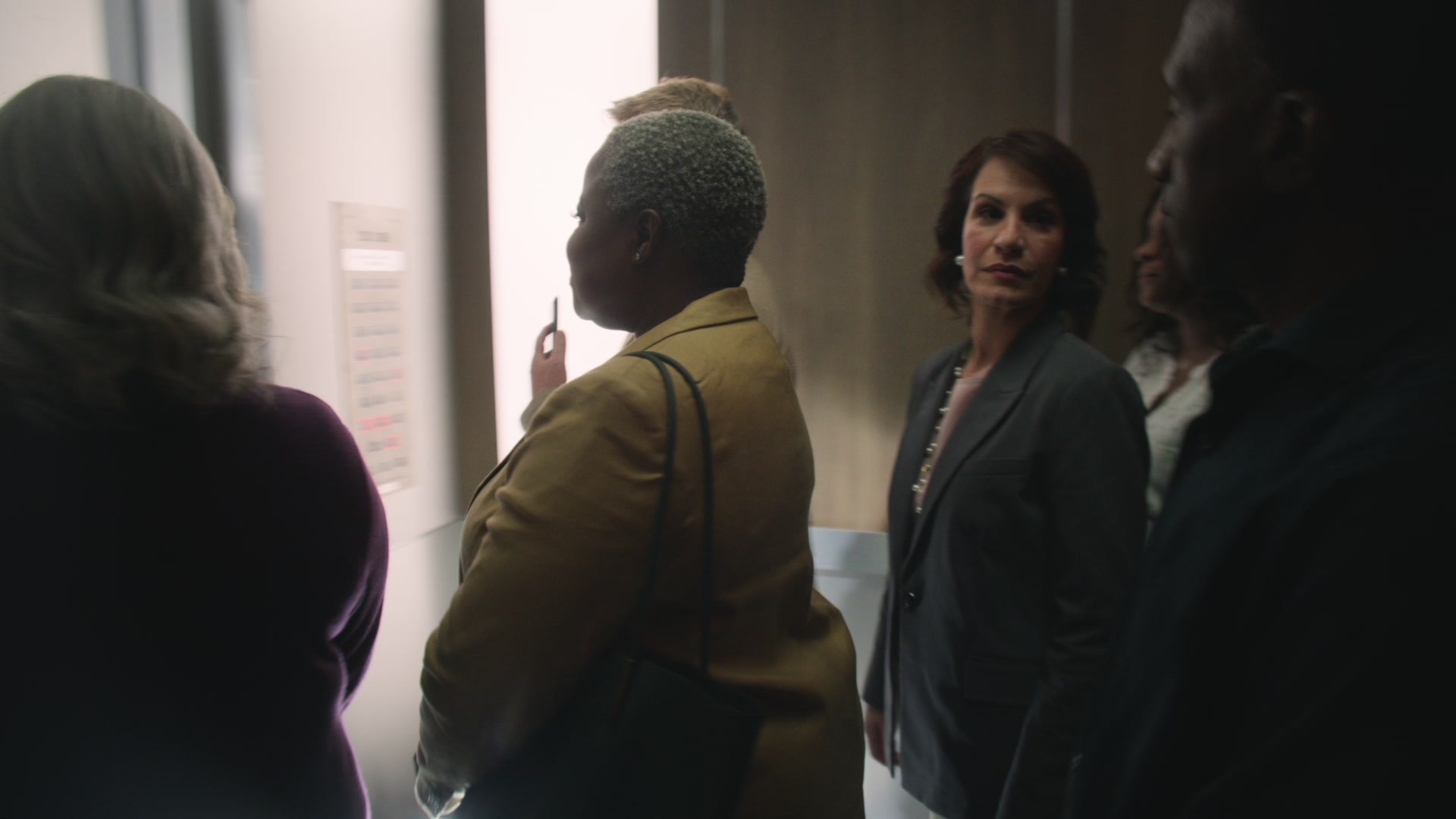Health and Wellness > B: Education & Services
STREET FARE
SAATCHI & SAATCHI WELLNESS, New York / CROSSROADS COMMUNITY / 2015
Awards:
Overview
Credits
OVERVIEW
BriefWithProjectedOutcomes
No Media Constraints:
Other than qualifying for non-profit status as a 501(c)(3) organization, there were no local or national regulatory limitations in our communications.
Street Planning Restrictions:
Complying with New York City regulations, we received event permits and talent release forms for all our planned events, photo and film shoots.
We also adhered to statutes pertaining to defacing sidewalks with paint—implementing the use of chalk in all our illustrations.
Panhandling Discouraged:
While there are few laws restricting the direct giving of cash and food in the US, Europe or Australia, we discouraged giving to panhandlers. Instead we stressed supporting the hungry by making donations online.
CampaignDescription
Drawing Attention to the Hungry and Homeless With Street Art: Sometimes, just thinking about the hardships of those living on the street can be overwhelming. Their ever-presence creates a feeling of resignation. Conflicted about how to help, it’s often easier to look away and move on.
But it doesn’t have to be that way. This film attempts to awaken people to the needs of the hungry and homeless by capturing artists illustrating images and messages right on the street.
It then encourages viewers to volunteer, or give donations to Crossroads Community, a New York–based organization providing meals and groceries to those in need.
The grittiness of the street art was shown to not only draw attention to the problem but it also drew viewers in—motivating them into action. The tactile effect of the chalk created a sense of empathy toward those who struggle with the unsanitary conditions of living, and eating, on the street. And thus helped individuals to actually “see” homelessness with open eyes through the creation of hand-drawn illustrations.
Synopsis
Making the Invisible, Visible: Homeless and hungry people are everywhere in NYC—on the subways, in the parks, outside shops and restaurants, on the sidewalks, in the train and bus stations—and increasing in numbers every day. Because they are ubiquitous, they become part of the landscape. Their presence is accepted and often ignored as a way to cope with the disturbing sight of so many fellow human beings suffering. Passersby stop “seeing” them. Despite wanting to help, the sheer magnitude of the problem and the discomfort it creates can result in complacency and resignation among those who could offer help.
More Entries from Fundraising & Advocacy in Health and Wellness
24 items
More Entries from SAATCHI & SAATCHI WELLNESS
24 items








